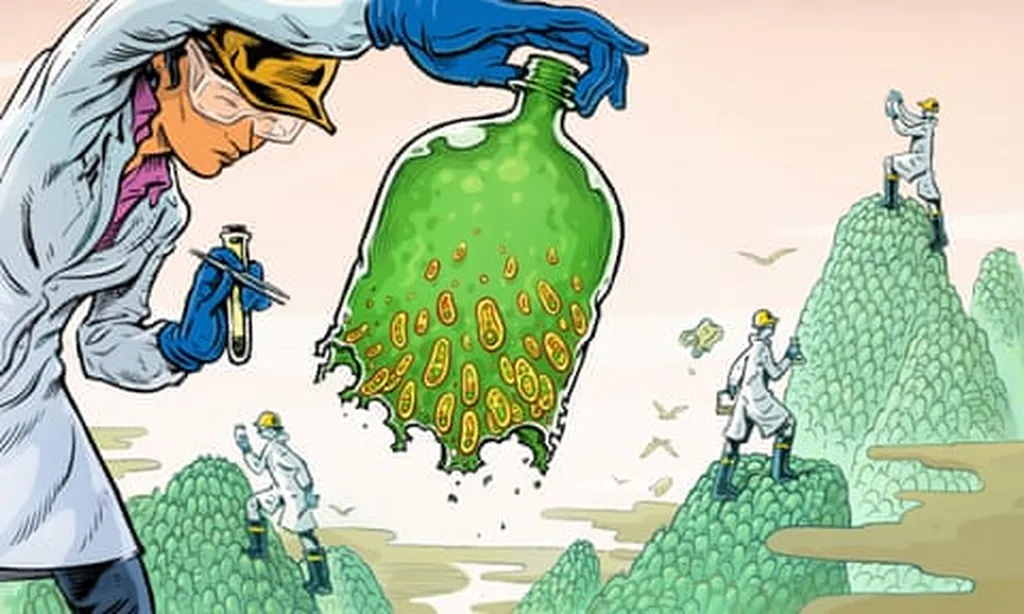In the heart of Newcastle upon Tyne, UK, a groundbreaking discovery has been made that could revolutionize sustainable agriculture. Researchers have identified a novel species of Streptomyces, a genus of bacteria renowned for its potential in drug discovery and agricultural applications. This new species, named Streptomyces colwelliae sp. nov., was isolated from the root nodule of Alnus glutinosa, a species of alder tree.
The lead author of the study, Imen Nouioui from the Leibniz-Institut DSMZ – German Collection of Microorganisms and Cell Cultures, explains, “Streptomyces strains have long been recognized for their biotechnological and agricultural potential. Our discovery of Streptomyces colwelliae adds a new player to this promising field.”
The research, published in the journal BMC Microbiology, reveals that Streptomyces colwelliae possesses several traits that make it an excellent candidate for use as a biocontrol agent and biofertilizer. The bacterium demonstrates the ability to fix nitrogen, solubilize phosphate, and produce siderophore and ACC deaminase, all of which are crucial for plant growth promotion. Moreover, it exhibits antimicrobial activity against a range of pathogens, including multidrug-resistant Staphylococcus aureus and Candida albicans.
The implications of this discovery for the agricultural sector are substantial. As the world grapples with the challenges of sustainable food production, the need for effective, eco-friendly solutions has never been greater. Streptomyces colwelliae could offer a natural, non-toxic means of enhancing crop yields and protecting plants from disease.
Dr. Nouioui elaborates, “The potential applications of Streptomyces colwelliae are vast. It could be used to develop new biofertilizers and biopesticides, reducing our reliance on chemical inputs and promoting more sustainable farming practices.”
The study also highlights the importance of biodiversity and the untapped potential of microorganisms in our environment. As we continue to explore and understand the microbial world, we may uncover even more innovative solutions to the challenges we face.
In the words of Dr. Nouioui, “This discovery is just the tip of the iceberg. There are countless microorganisms out there with the potential to transform our world. It’s an exciting time for agricultural research.”
As we look to the future, the discovery of Streptomyces colwelliae offers a glimpse of the possibilities that lie ahead. With further research and development, this novel bacterium could play a pivotal role in shaping the future of sustainable agriculture. The journey has just begun, and the potential is immense.

